Introduction to vegetable garden design
When it comes to vegetable garden design, there is more than meets the eye.
Some things to consider when designing a vegetable garden:
- You need to be able to easily move around and maintain the vegetable garden.
- It should improve the look of your garden when you are not working in it.
- You should make full use of the space you have
By making use of these simple tips, you can create a vegetable garden that not only yields a bigger harvest but also adds beauty to your outdoor space.
Choosing the Space for your vegetable garden
Before diving into the design process, take the time to consider the space you have available for your vegetable garden. Choosing the right space directly impacts how well your garden will do.
Think about things like the amount of sunlight the area receives, the quality of the soil, and if the soil has the right drainage. Understanding these key topics will help you make better design decisions when planning the layout of your garden.
The soil provides essential nutrients, moisture retention, and a suitable environment for plant growth. So it is important to look at soil quality.
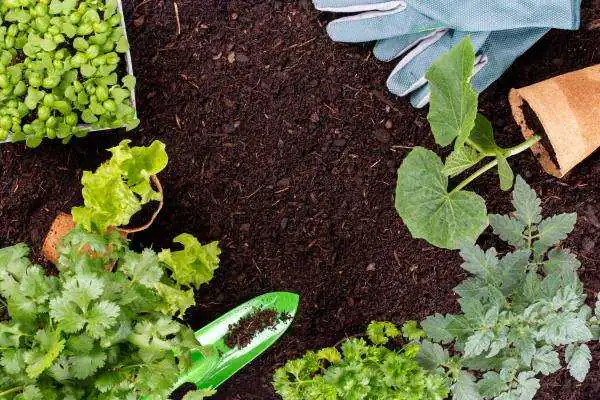
Checking the Soil Quality
Here are some key things to consider when looking at soil quality for your vegetable garden:
- Soil Texture:
When looking at soil texture you usually look at the how much sand, silt, and clay particles there is in the soil. A well-balanced soil texture, known as loam soil, is generally considered ideal for vegetable gardening. Loam soil has a good balance of drainage and water-holding capacity. - Drainage:
Proper drainage is crucial for preventing waterlogging and ensuring healthy root development.
Excessively sandy soil may drain too quickly, leading to plants not getting the water and nutrients they need.
On the other hand, heavy clay soil can retain too much water, causing root rot. Aim for a soil texture that allows water to drain well while keeping enough moisture for plant growth. - Nutrient Content:
Soil should be rich in essential nutrients for vegetable plants to thrive.
Do a soil test to find out what the levels of key nutrients such as nitrogen, phosphorus, potassium, and micronutrients are.
Based on the test results, you can make informed decisions about what you need to add to the soil. Maybe you need to add nitrogen rich fertilizer or compost to improve the micronutrients in the soil. - pH Level:
The pH level of the soil has an impact on how much nutrients are made available to plants. Most vegetables prefer a slightly acidic to neutral pH range (around 6.0 to 7.0). You can test the soil pH and adjust it if necessary. For example, by adding lime to raise pH or sulfur to lower pH. - Organic Matter:
When organic matter is found in the soil it improves the soil structure, nutrient-holding capacity, and moisture retention. Adding compost, well-rotted manure, or other organic amendments to the soil can enhance its fertility and overall quality.
Here is a great article on how to make your own compost. - Soil Compaction:
Compacted soil can make it harder for the roots to grow and water to saturate the soil deep enough for the plant roots to absorb it.
You need to look out for signs of compaction, such as hard, compacted surfaces or areas with poor drainage. If needed, aerate the soil by loosening it with a garden fork or using mechanical tools. - Soil Moisture:
Keeping an eye on the soil’s moisture content by checking how well it drains and holds water.
Soils that hold too much water can increase the chances of the roots rotting or being effected by root based diseases. Alternatively, soil that become excessively dry will not be able to give the plant the water and food it needs to grow.
The ideal soil moisture balance allows for proper drainage while retaining enough moisture for plant roots.
By keeping track of the quality of the soil, you can identify any potential limitations or deficiencies and take measures to improve it.
When struggling with soil quality you can consider Raised Beds.
Click here to read through our article on Benefits of a Raised Bed garden.
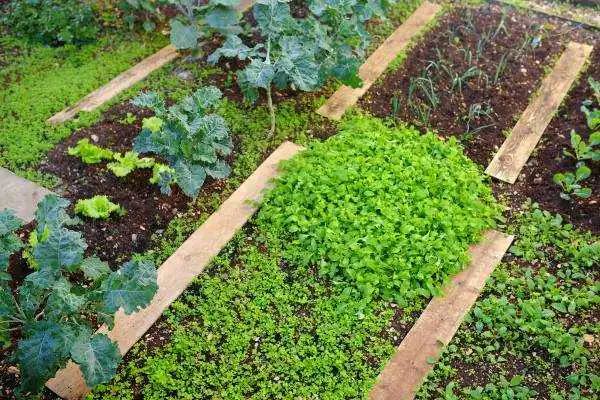
Plan Your Vegetable Garden Layout
Now that you know how to choose your vegetable garden location, it’s time to plan the layout of your vegetable garden. Start by sketching a rough design of the garden. It needs to take into account the different needs and growth habits of various vegetables.
Group plants together based on their requirements for:
- Water needs
The layout of the vegetable garden should group vegetables together, according to how much water they need. This stops you from over watering one crop because they are next to a crop that needs a lot of water. - Sunlight or Shade
It might seem obvious but make sure that plants that love the son is placed in sunny areas.
Take the height of the plants into account. For example, when they start growing they do not block the sun to other plants. - Space required
Make sure how much space you need to leave between different types of vegetables.
Also how much space needs to be between each individual plant as well.
Understanding what plants work well together is an important part of planning your layout. Companion Planting can greatly improve the health and harvest of your vegetable garden.
Choose the Right Vegetables
It’s important to think about your local climate and growing conditions. You should choose vegetables that are well-suited to your region and that will thrive in the specific conditions of your garden.
Think about things like average temperatures, humidity levels, and frost dates. Additionally, consider your family’s preferences and plant high-yield crops that you and your loved ones enjoy.
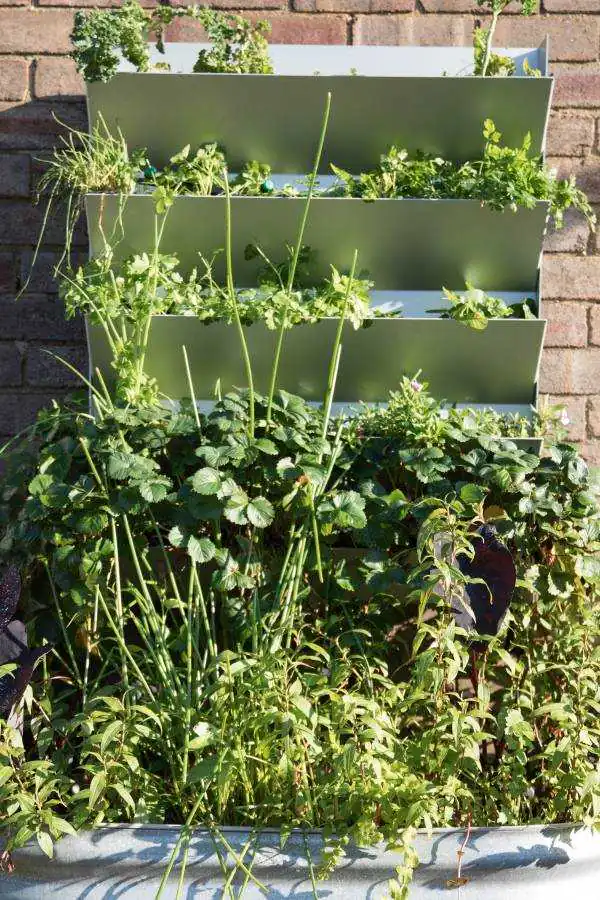
Consider Vertical Gardening
If you have limited space, vertical gardening can be a game-changer.
You can grow vining vegetables, such as cucumbers, beans, or peas, on trellises or fences. This can help save space and maximize your yields. Utilize hanging baskets or vertical planters for growing herbs or smaller vegetables. This vertical gardening method is not only different but also allows you to make the most of your available space.
Another option to consider is a Gutter Garden. It is a simple and affordable way to be able to grow in spaces that are usually not suited for vegetable gardens.
Optimize Sunlight Exposure
Sunlight is a very important factor in the success of your vegetable garden. Most vegetables need at least six hours of direct sunlight each day to thrive.
When planning your garden layout, consider the position of your garden beds and the shadows cast by surrounding structures or taller plants. Ensure that your vegetables receive enough sunlight by placing taller plants where they won’t shade smaller plants.
If your space has limited sunlight, prioritize vegetables that can grow in partial shade, such as leafy greens or root crops.
There are a few categories commonly used for how much sun plants need:
(Source: localfoodconnect.org.au)
- Full sunmeans 6-8 hours of direct, unfiltered* sun per day.
- Partial sunmeans 3-6 hours of full, unfiltered* afternoon sun per day.
- Partial shaderefers to 3-6 hours of morning sun as opposed to afternoon sun.
- Full shade meansless than 3 hours sun per day (according to some definitions) to no direct sunlight at all (according to other definitions).
Ensure Proper Drainage
Proper drainage is essential for the health of your plants.
Too much water can lead to waterlogging and root rot. This can be bad for the vegetables and prevent them from growing to their full size. This means that you get less for the same amount of care you put into your vegetable garden.
If your soil has poor drainage, consider using raised beds or containers with well-draining soil. Alternatively, you can improve the soil by adding organic matter, such as compost. This can improve the soil structure and drainage capabilities.
If water is pooling in or around your vegetable garden, you might need to drain it away. Using a French Drain is an effective way of doing this by
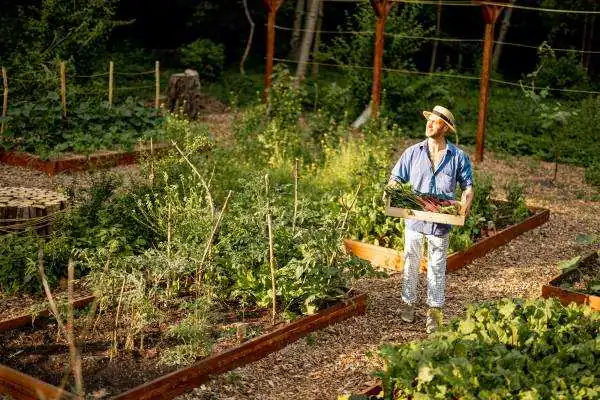
Including Pathways into your vegetable garden design
To make your vegetable garden more functional and accessible, you will need to incorporate pathways between your garden beds. These pathways will allow you to move around easily. It will also provide space for maintenance activities. These maintenance activities may include things such as watering, weeding, and harvesting.
Make sure the pathways are wide enough to accommodate tools. Including wheelbarrows, or garden carts, if you need to use them. Mulching the pathways with materials like wood chips or gravel can help prevent weeds from growing and keep your garden tidy.
Implement Watering Systems
Efficient watering is essential for the overall health and productivity of your vegetable garden.
Consider installing a drip irrigation system or using soaker hoses to deliver water directly to the roots of your plants. This targeted approach minimizes water waste and ensures that your vegetables receive the moisture they need.
Grouping plants with similar watering needs together can also help improve water usage and simplify your irrigation routine.
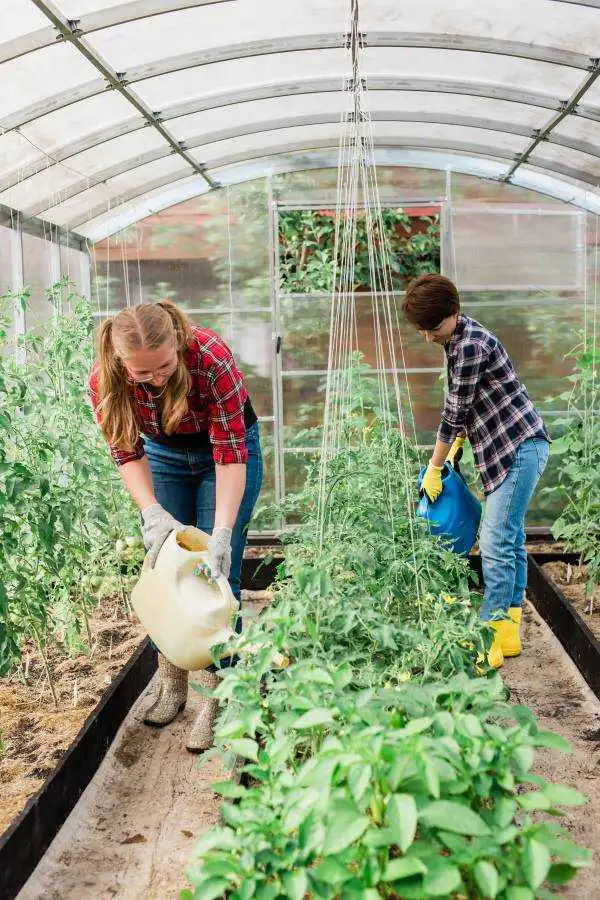
Vegetable Garden Design Conclusion
Designing a vegetable garden is an enjoyable process. Not to mention, the delicious and healthy crops that they yield`!
Be careful in choosing your space and planning your layout.
Make sure you select the right vegetables and optimize their sunlight exposure and drainage.
Include pathways and watering systems to make maintenance easier
This will help you create a productive and visually appealing vegetable garden.
So roll up your sleeves, put your green thumb to work!
Start your journey of creating your very own vegetable garden.
Happy gardening!

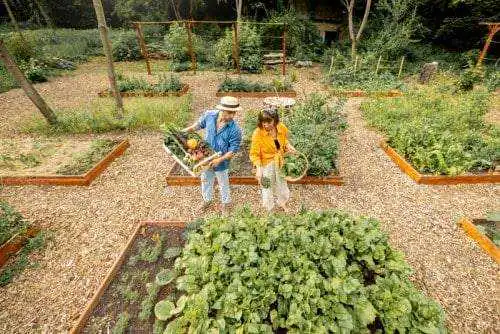
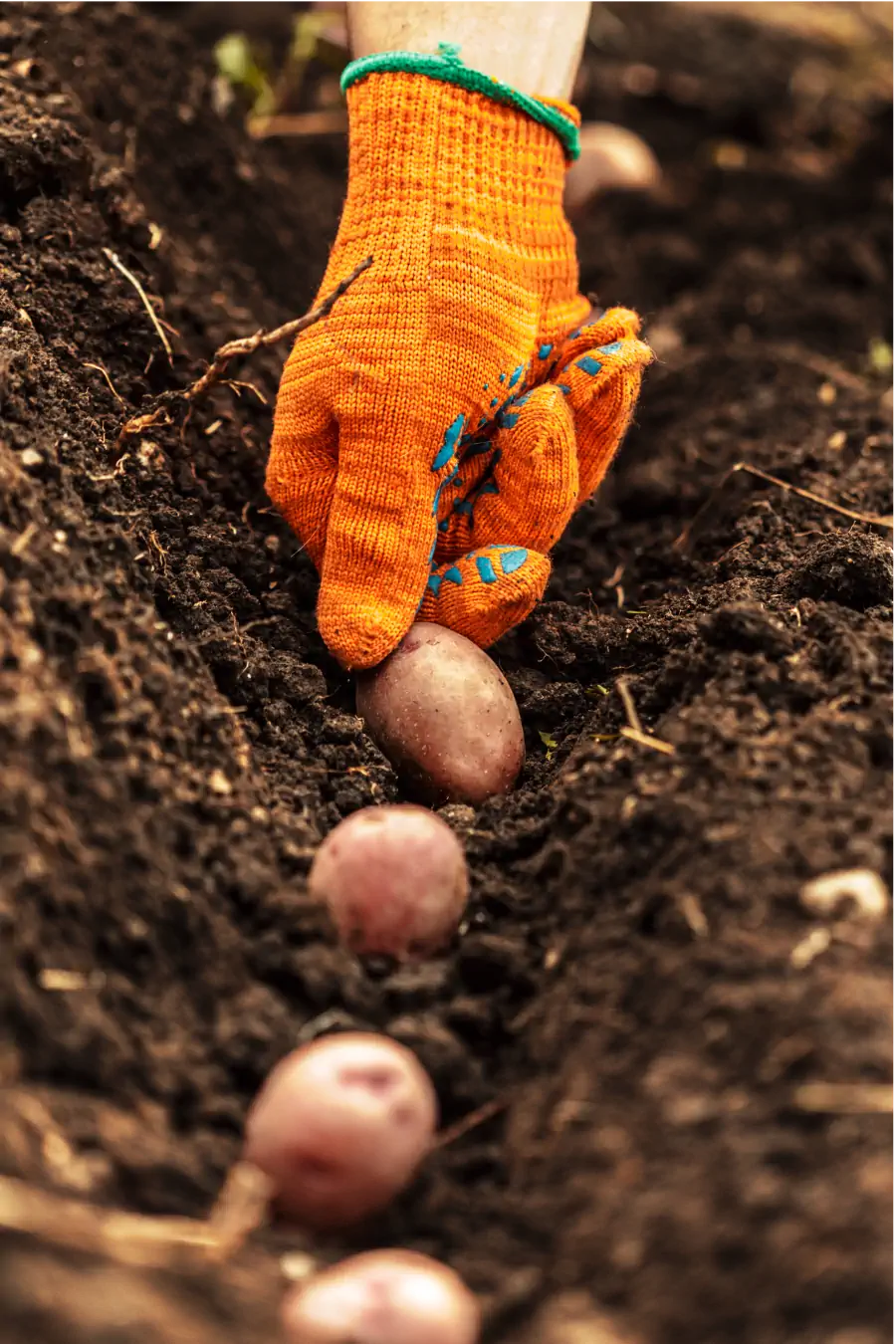
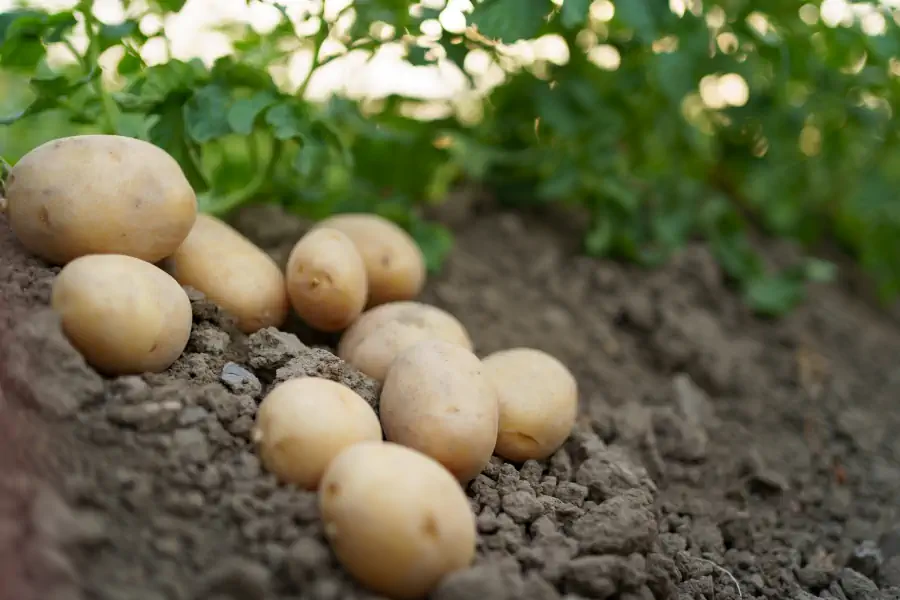

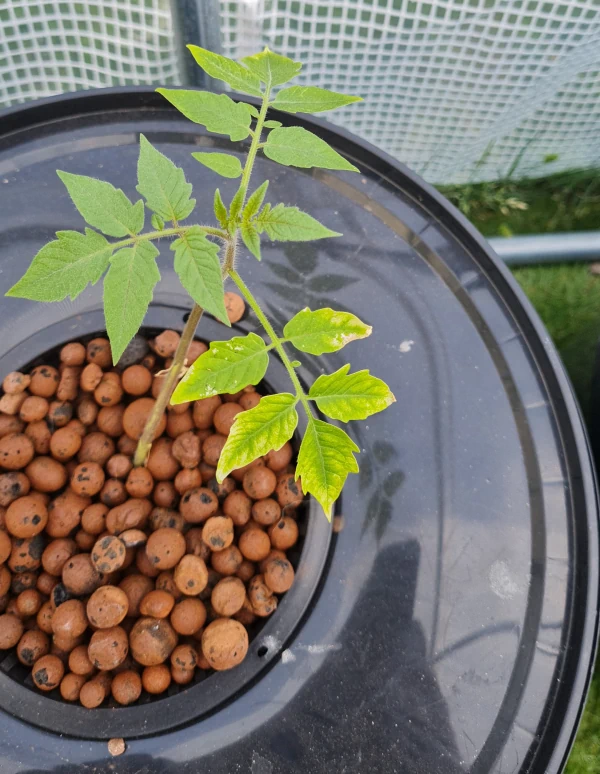


Good tips on gardening. Am gonna practice the planting